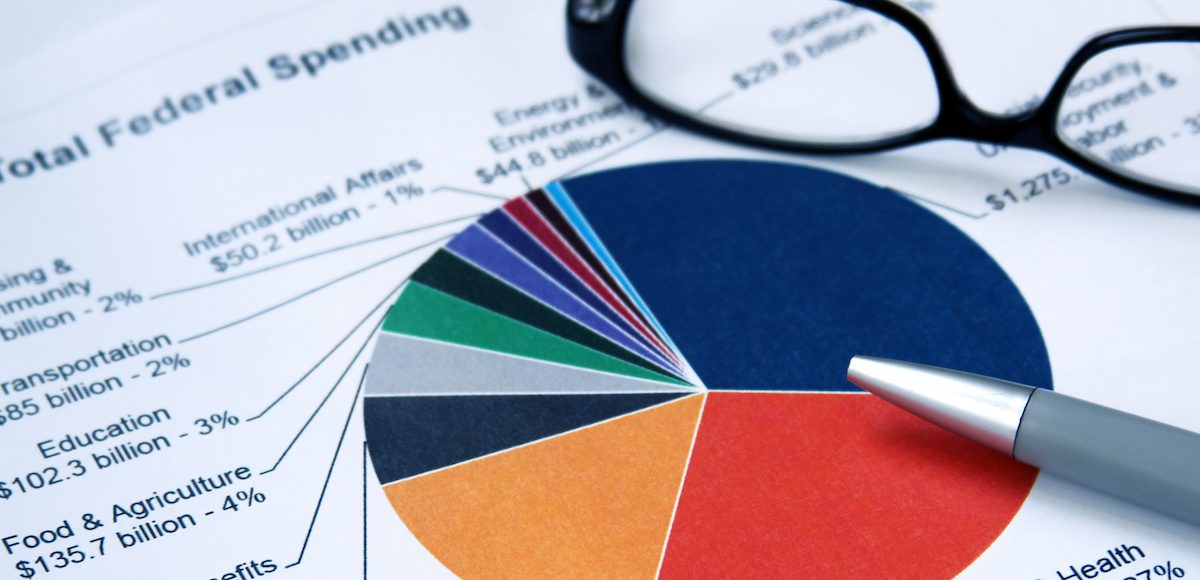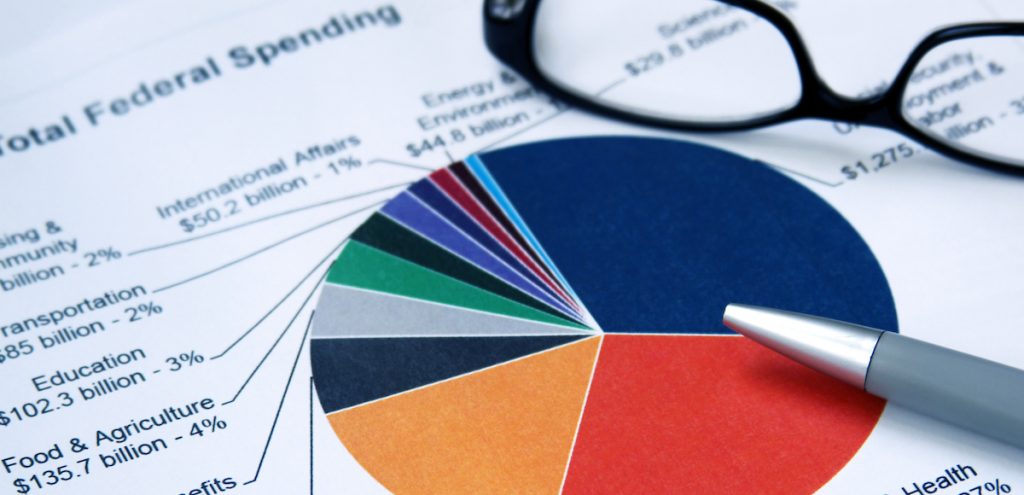

The Congressional Budget Office (CBO) released its annual Budget and Economic Outlook — viewable below — and that means I’m going to do something that I first did in 2010, and most recently last year.
I’m going to show that it’s actually rather simple to balance the budget with modest spending restraint.
This statement shocks many people because they’ve read about out-of-control entitlement spending, pork-filled appropriations bills, big tax cuts, and trillion-dollar deficits.
But the first thing to understand when contemplating how to fix America’s fiscal problems is that tax revenues, according to the new CBO numbers, are going to increase by an average of nearly 5 percent annually over the next 10 years. And that means receipts will be more than $2.1 trillion higher in 2029 than they are in 2019.

And since this year’s deficit is projected to be “only” $897 billion, that presumably means that it shouldn’t be that difficult to balance the budget.
By the way, I don’t even think balance should be the goal. It’s far more important to focus on reducing the burden of government spending. After all, the economy is adversely affected if wasteful outlays are financed by taxes, just as the economy is hurt when wasteful outlays are financed by borrowing.
In other words, too much government spending is the disease. Deficits are best understood as a symptom of the disease.
But I’m digressing. The point for today is simply that the symptom of borrowing can be addressed if a good chunk of that additional $2.1 trillion of new revenue is used to get rid of the $897 billion of red ink.
Unfortunately, the CBO report projects that the burden of government spending also is on an upward trajectory. As you can see from our next chart, outlays will jump by about $2.6 trillion by 2029 if the budget is left on autopilot.

The solution to this problem is very straightforward.
All that’s needed is a bit of spending restraint to put the budget on a glide path to balance.
I’m a big fan of spending caps, so this next chart shows the 10-year fiscal outlook if annual spending increases are limited to 1% growth, 2% growth, or 2.5% growth.

As you can see, modest spending discipline is a very good recipe for fiscal balance.
Our final chart adds a bit of commentary to illustrate how quickly we could move from deficit to surplus based on different spending trajectories.

I’ll close with a video from 2010 that explains why spending restraint is the best way to achieve fiscal balance. Especially when compared to tax increases.
The numbers are different today, but the analysis hasn’t changed.





